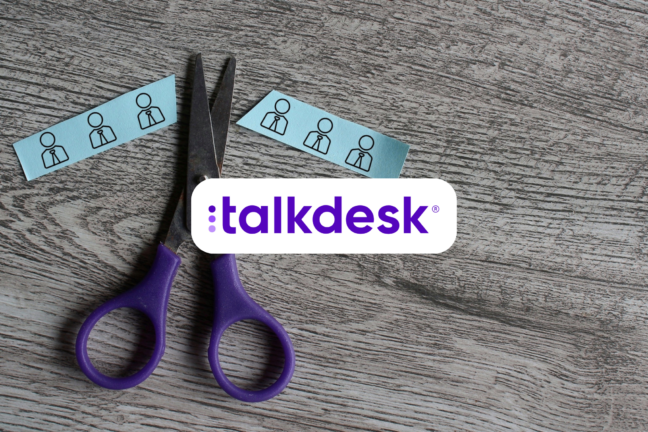Turning one-time buyers into loyal customers is a science. Well, not exactly, but you need to grasp certain strategies that make customers come back for more.
Customer loyalty goes well beyond a strong product. According to Khoros's Brand Confidence Guide: Customer Advocacy Through Brand Communities, for 80% of consumers, a great product is enough to become loyal to a brand. However, dependable discounts (53%), a custom rewards program (39%), opportunities to provide customer feedback, and the company taking action (27%) also play a role in customer loyalty.
As the customer journey doesn't end after the purchase, brands need to maintain the same (if not higher) level of service they provided before it. This includes communication, support, and feedback. When it comes to communication, brands need to be where their customers are. For example, 42% of Gen Z consumers use Instagram to connect with brands, compared to 33% of non-Gen Z consumers. Notably, 63% of Gen X prefer to communicate on Facebook.

Turning customers into fans
The most common dealbreakers for customers are price increases (62%), poor customer service (42%), and lack of good deals/offers (26%), to name a few.
Let's look at poor customer service. Offering support to existing customers is one step to building loyalty. Through brand-owned online communities, businesses provide customers with additional resources and answers to any potential answers they may have. Regardless of their preferred communication channel, they can count on the brand's online community for help.
In an online community, people can share interests, and the brand can engage with them on a more personal level. At the same time, customers can offer feedback and see their ideas being heard.
According to the report, Gen Z and millennials find feedback more important than other generations, as 35% of them state having opportunities to provide customer feedback, and the company taking action on that feedback increases their brand loyalty.
If a brand is not able to provide answers in due time, other customers in online communities can do so, enhancing the feeling of collectiveness. Community members can even suggest improvements on products and services to help companies better serve customers.
When customers know they can rely on such an option, it significantly increases their loyalty to a brand.
Why brand-owned communities?
The report reveals that 84% of respondents have reached out to online brand communities for customer service and support or to identify answers to questions and helpful resources.
Brand-owned online communities allow companies to build an actively engaged following, which contributes to higher conversions and lower churn. These communities become a place for like-minded consumers where they can engage with each other and the brand, making them the brand's own engagement platform.
The brand guides the user experience and brand presentation, kickstarts conversations and valuable user-generated content, and recognizes, thanks, and supports its users and advocates.
"A brand-owned online community lets you own your content and customer experience without being at the mercy of third-party algorithms designed to generate revenue for the social networks. Many apps are starting to add engagement features to docs and courses in an attempt to increase interactivity. This type of engagement helps convert some users from newbies to brand loyalists, but it can’t act alone. Brands often overlook leveraging external resources by tapping into the passion and energy of people with expertise to share. Combine structured knowledge from the brand with more nuanced solutions and best practices from expert users to create a living knowledge base. This is the key to long-term success of a self-service program at scale," says Nick Hill, VP Product, Communities at Khoros.









